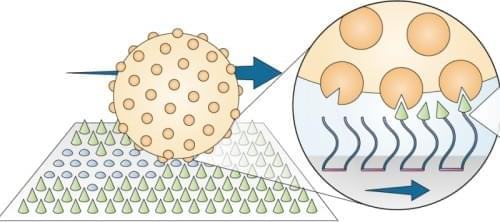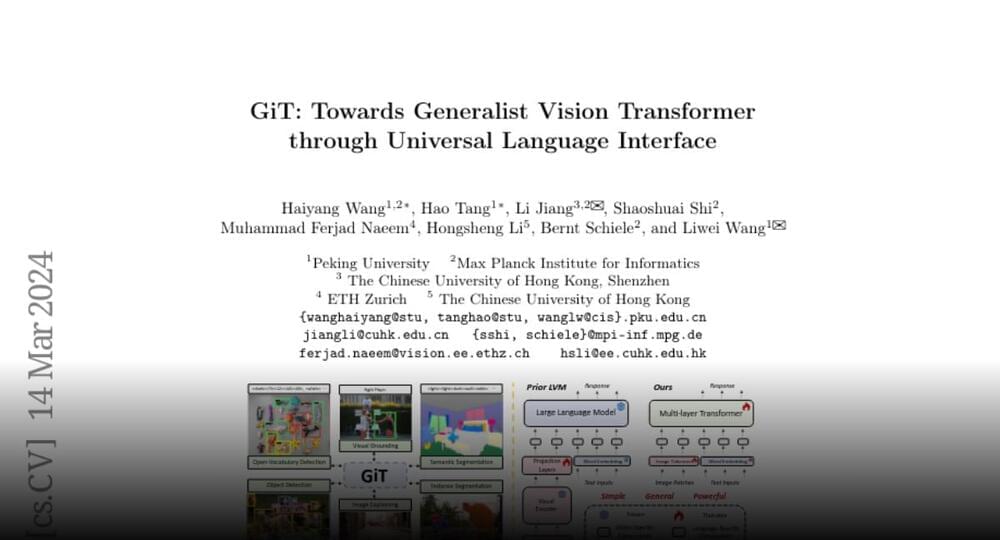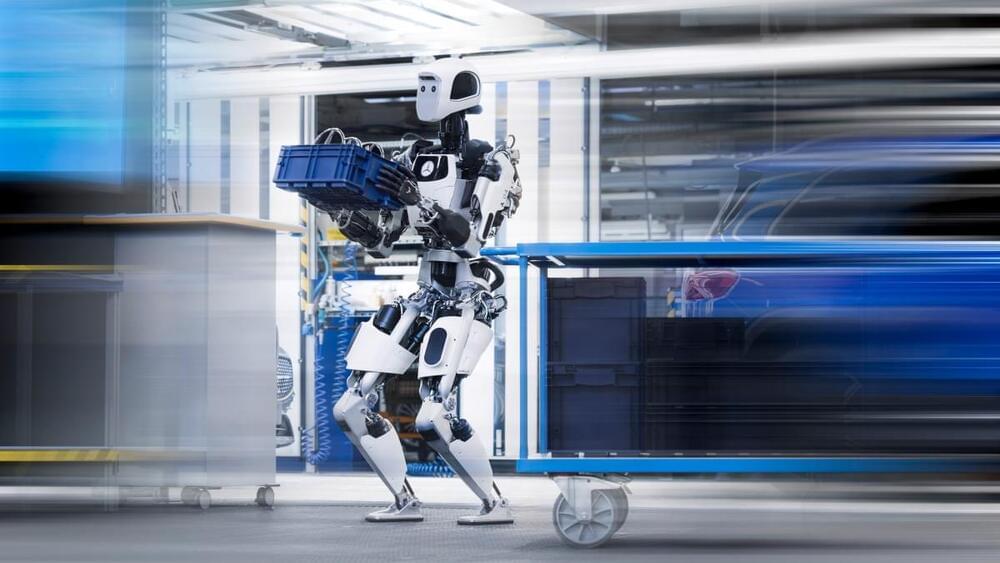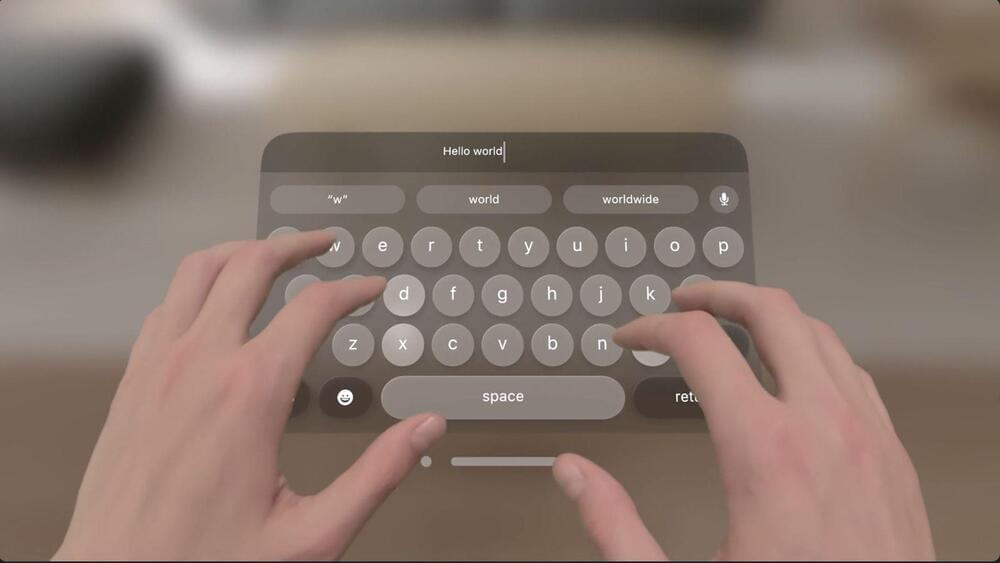A new method to measure the arrival times of electrons could aid in the design of future electron microscopes.
For researchers working to develop the next generation of electron microscopes, understanding the details of electron beams is essential. Now a research team has observed the weak repulsion of electrons in a continuous beam with the highest precision to date by measuring the number of electrons arriving at a detector within a timeframe of less than 1 picosecond (ps) [1]. With improvements, the new technique may be able to pick up the repulsion attributable to the Pauli exclusion principle. The researchers think the work may eventually help engineers design more sensitive electron microscopes based on quantum principles.
Many natural events such as rain falling are uncorrelated: the fall of each raindrop is independent of every other raindrop. Given a certain time window, say 1 second, the likelihood that zero, one, two, or more raindrops will fall within a certain area is predicted by a statistical distribution called a Poissonian. If, however, the raindrops could interact, then their arrivals might be correlated or anticorrelated—the drops could fall together more often or less often, depending on whether the interaction is attractive or repulsive. Then the probability of similarly timed raindrops would be either super-Poissonian (occurring more often) or sub-Poissonian (occurring less often).








